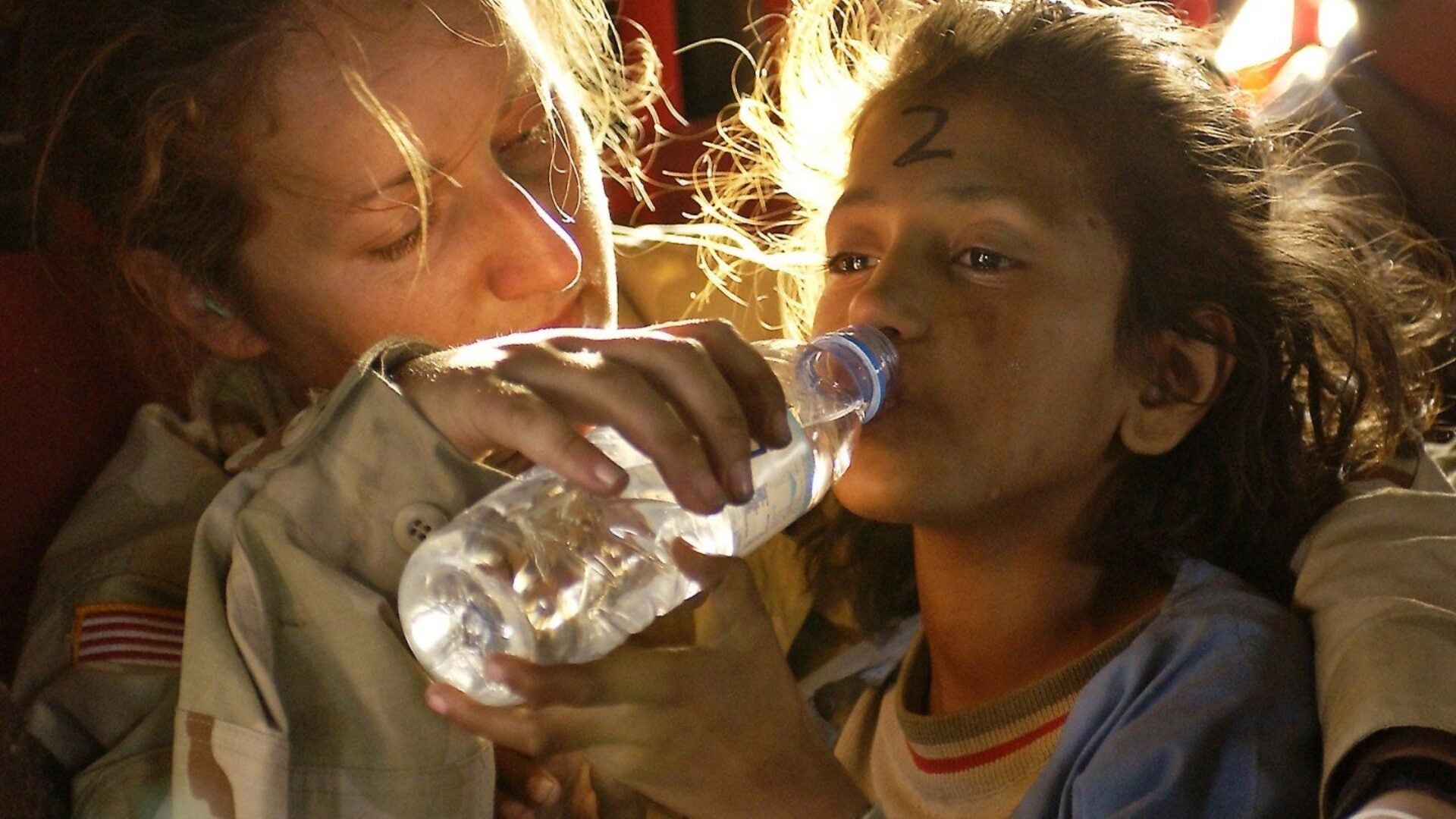Emerging Humanitarian Frontiers

“The good news: we are doing more for more people than ever before. The bad news: the international humanitarian system is under unprecedented strain.”
– Hansjoerg Strohmeyer, UN Office for the Coordination of Humanitarian Affairs (OCHA)
The American Red Cross, World Humanitarian Summit, and the Institute for Global and International Studies at The George Washington University hosted a conference on June 1-2, 2015, to address emerging frontiers of humanitarian action, including service to marginalized populations, use of cutting-edge technology in emergencies, and engagement of local voices in global responses. In afternoon sessions, participants met in working groups to discuss recommendations in the lead-up to the World Humanitarian Summit (WHS). The WHS, set to take place in May 2016, will be the first global summit on humanitarian action of this size and scope. The goal of this summit is to encourage the international community to commit to new ways of working together to save lives and reduce hardship around the globe.
The conference began with a plenary on Humanitarian Effectiveness. In the keynote address, Hansjoerg Strohmeyer, Chief of OCHA’s Policy Development and Studies Branch, noted that in 2014 the humanitarian system aided 76 million people—up from 26 million in 2006. However, due to the rise in the prevalence of protracted crises and intrastate conflict, Strohmeyer shared that there has been an almost 600% increase in the funding gap since 2004—and this gap is only projected to surge as humanitarian crises continue to grow larger and last longer. In 2013 alone, 148 million people were affected by conflict or natural disasters, and today the average duration of displacement is 17 yearsand growing—“protracted is the new normal,” remarked Strohmeyer.
Strohmeyer emphasized the importance of reinforcing, not replacing, local actors working to address these issues. Dr. Nigel Fisher, Senior Advisor for Humanitarian Policy and Complex Crises at the KonTerra Group, echoed this sentiment in a panel on Reducing Vulnerability and Managing Risk, noting that the humanitarian community needs to see enabling local populations as key to its mission. Investing locally encourages resilience and promotes sustainability. In particular, Dr. Fisher highlighted the need to work with women’s groups and recognize “women’s organizations and the role of women in keeping local markets growing.” As we have seen time and again, women are more than victims of crisis; they are agents of change—an often under-utilized resource in rebuilding their societies after crisis strikes.
Finally, both Strohmeyer and Dr. Fisher underscored the benefits of finding synergies between the humanitarian response and development goals—the first day of a response needs to be the first day of an exit strategy by international organizations, and seeing humanitarian intervention and development as interrelated can help to facilitate this approach.
Elizabeth Cafferty, Gender Advisor to the United Nations World Humanitarian Summit, chaired a working group session on humanitarian effectiveness with a focus on service to marginalized populations. These populations include women, children, the disabled, certain religious groups and others, depending on the context of the crisis. Participants began by defining “effectiveness” in the context of humanitarian intervention. Successful programming, they concluded, involves a combination of meeting the needs of those affected by crisis and paving the way to sustainability after international organizations conclude their work—ensuring that the population is left better off and is able to continue reaping the benefits of the intervention for years to come. Cafferty also raised the issue of focusing on the “small things” as a measure of effectiveness. For example, humanitarian actors should ask, “Can women access sanitary products?” Cafferty noted that this issue is often perceived as small, but actually has serious implications for women: “Forget about participation if you can’t even leave your [home]!” In other words, when humanitarian actors neglect to consider the seemingly small issues, they risk further alienating already marginalized populations.
The working group issued several recommendations on increasing humanitarian effectiveness with an eye toward benefiting marginalized groups, and women in particular:
- First, donors must make gender markers (such as the IASC or ECHO markers) compulsory to track financing and implementation of programming. A gender marker is a coding tool that assesses whether or not a humanitarian project is designed to meet the needs of women, men, girls and boys equally, or advance gender equality in another way.
- Second, the United Nations and international organizations should foster local capacity and hire an increasing percentage of local staff in order to engender long-term stability. It is important for international organizations to work with local forces to ensure that projects continue to benefit affected populations once international actors depart. Local organizations become the parties responsible for carrying forth gains established through humanitarian programs—converting humanitarian interventions into long-term development successes.
- Third, humanitarian actors must engage women and other marginalized groups in all aspects of program design and development. International organizations must systematically partner with these populations at all stages of a humanitarian intervention. Approximately 80% of the world’s 55 millionrefugees and internally displaced persons (IDPs) are women and children. Women know their needs, vulnerabilities and strengths better than anyone else, and their insights must inform humanitarian programming.
- Fourth, humanitarian actors should collect, utilize and share qualitative and quantitative data disaggregated by gender, age, ability and other key factors to increase the effectiveness of programming. Disaggregated data is integral to properly assessing needs and measuring progress.
- Fifth, and finally, humanitarian organizations must look through a gender lens in order to address underlying concerns and not exacerbate pre-existing vulnerabilities with well-intentioned programming.
Unfortunately, while the international community already has strong gender policies, gender markers and rhetoric on engaging women in humanitarian design, these practices are not consistently applied in the humanitarian response. For example, in programs that did use gender markers in the past four years, fewer than two percent of the programs coded addressed inequalities that women and girls face.
How can we bridge the gap between a strong normative framework and implementation? Donors. Donors are essential in maintaining accountability for the implementation of these kinds of recommendations—if donors speak, humanitarian actors have no choice but to listen. If donors make tools like gender markers, local engagement, collection of disaggregated data and gender mainstreaming mandatory, marginalized populations—such as women and girls—will be better provided for and empowered in the course of humanitarian interventions.
Ashley Binetti is the 2014-2015 Hillary Rodham Clinton Law Fellow at the Georgetown Institute for Women, Peace and Security. She received her J.D. from Georgetown University Law Center in 2014, specializing in human rights and transnational law.
Explore More

End of Year Reflections
This year has been particularly challenging for peace around the world, with…

“No Amnesty, No Silence:” Ukrainian Women Urge Accountability for War-Time Sexual Violence
Last week, the Georgetown Institute for Women, Peace and Security (GIWPS) brought…
